The big challenges in urban planning can be solved on a neighbourhood level. Below are six eco-neighbourhoods all over the world in which sustainable ideas have been applied on a small scale.
From the 1960s to the 21st century
The San Antonio neighbourhood in Elche, Alicante was a 16-building block in the 1960s that had been poorly maintained, resulting in substandard housing. Thanks to the intervention of the public and the collaboration of the owners of each home, it was transformed into new plots with more green spaces, a sociocultural centre, and facilities that foster social inclusion.
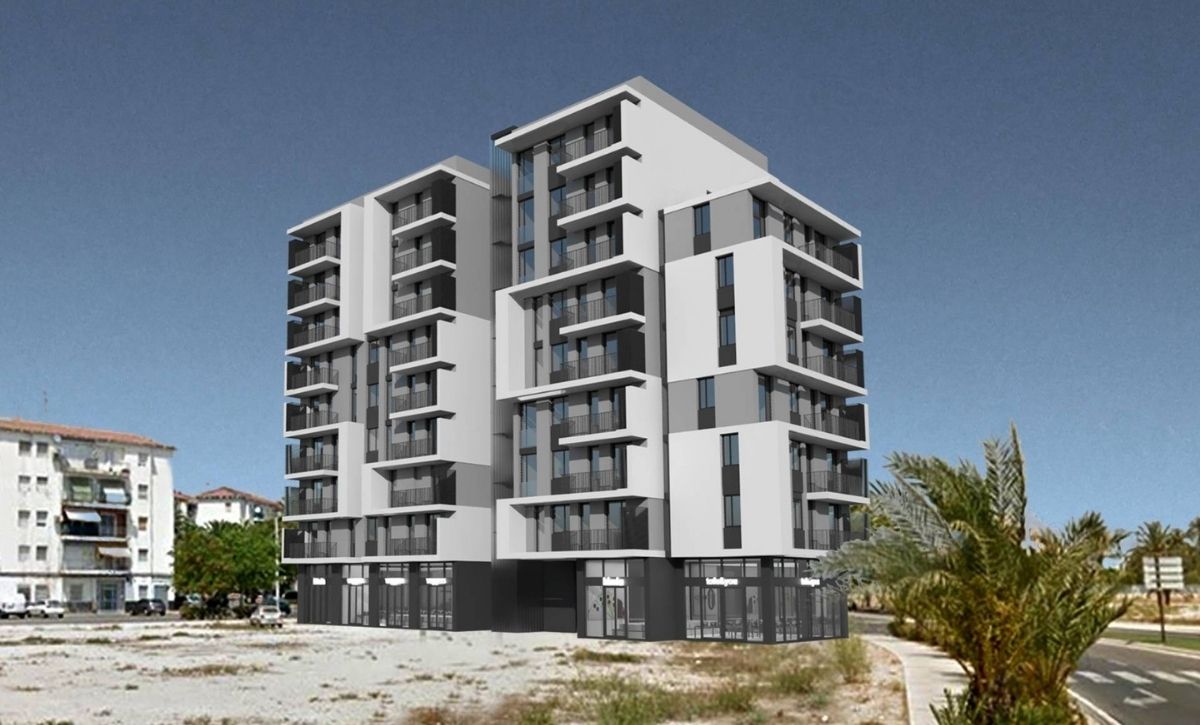
The first eco-neighbourhood in Latin America
Another San Antonio, this time in Colombia, has become the first eco-neighbourhood in Latin America after receiving the EcoQuartier label from the French embassy, which supports the development of sustainable and environmentally friendly communities around the world. Green spaces, including community vegetable patches, organic markets, and composters, as well the use of solar panels and a rainwater collection system, are just some of the key features of this new urban concept.
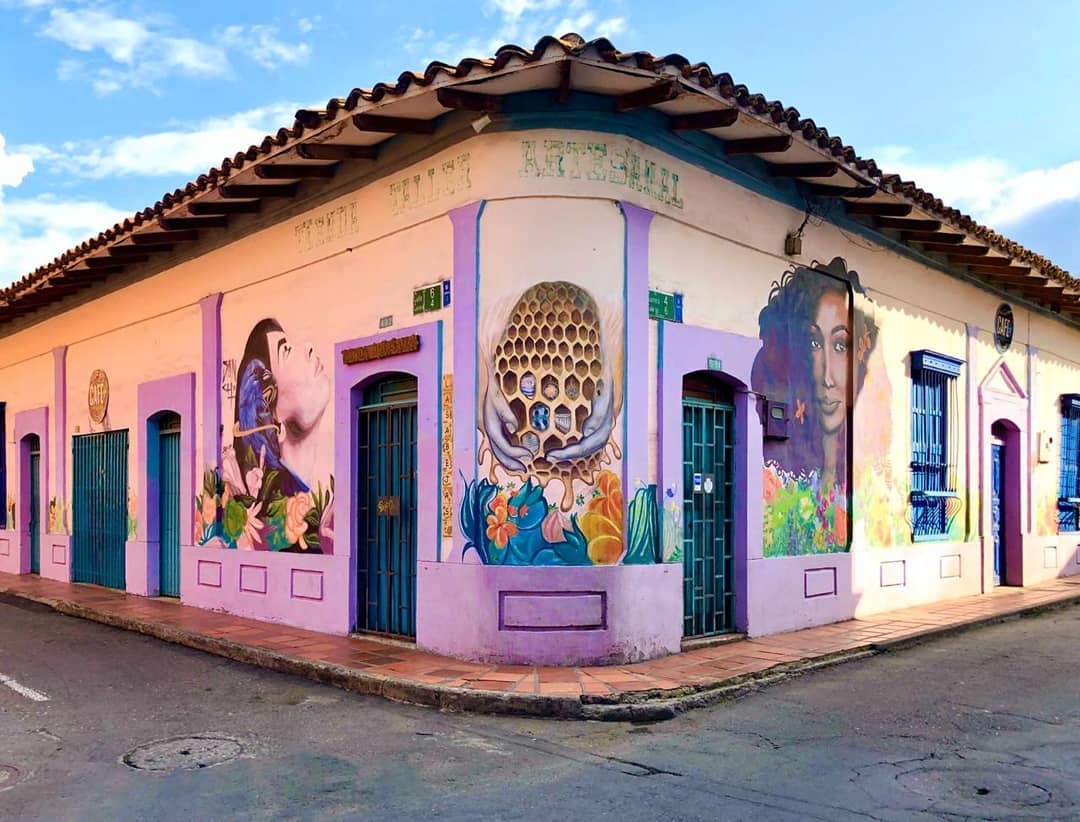
In addition to environmental considerations, this eco-neighbourhood also looks after the social wellbeing of its residents with two programs. The first, San Antonio Armonioso (‘Harmonious San Antonio’), focuses on actions that affect quality of life and social cohesion, while the second program, San Antonio Patrimonio Caleño, promotes the district’s heritage and sustainable tourism.
Zero fossil fuel energy consumption in south London
Yes, you read that right. BedZED (The Beddington Zero Energy Development) is an eco-neighbourhood in Sutton, South London, that occupies approximately 3,000 square metres consisting of houses built using local materials and designed to make the most of natural resources. These homes are surrounded by businesses and recreational areas that are completely free from polluting traffic. And on top of all that, Central London is easy and quick to reach from here.
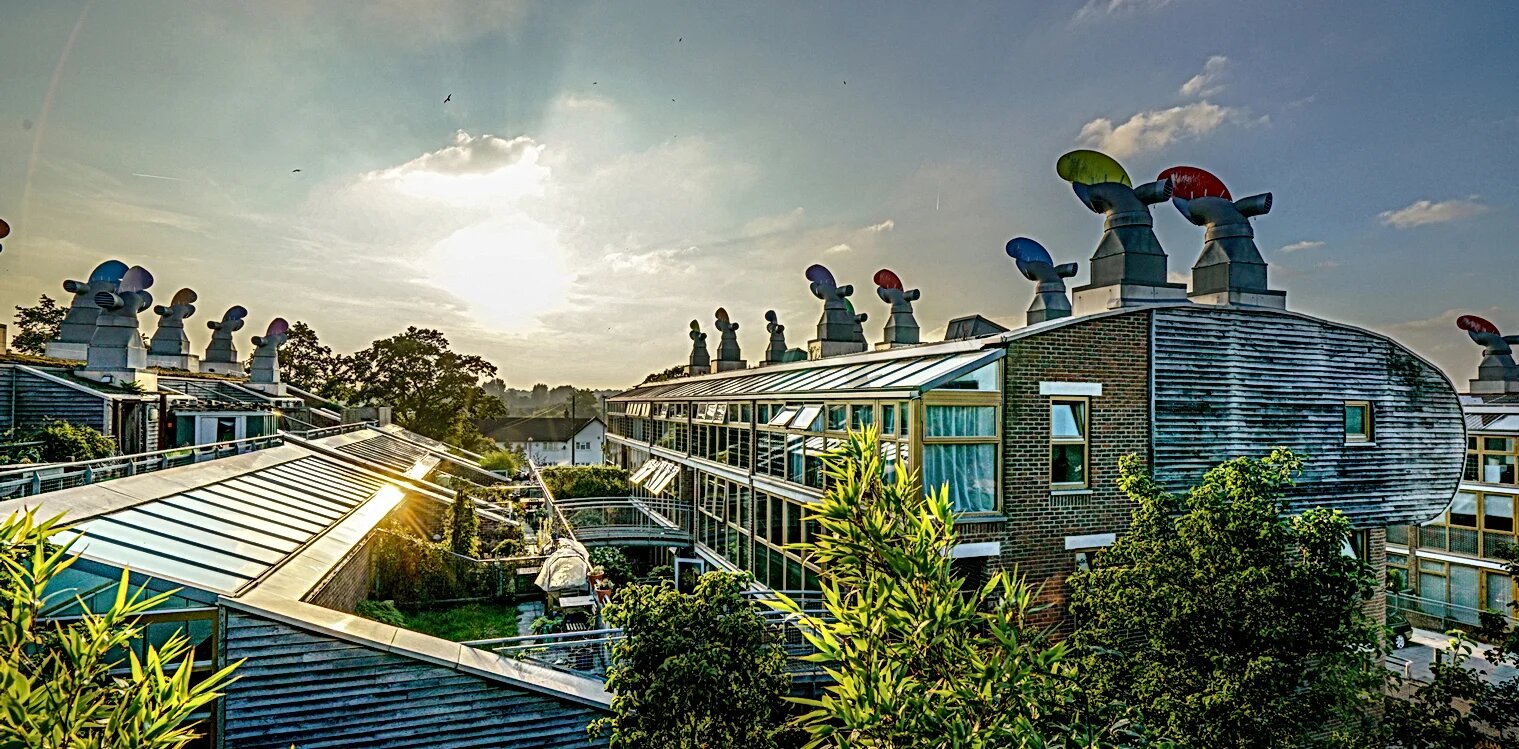
Eco-neighbourhoods reducing CO2 by more than 50%
Just 10 minutes from central Valencia you’ll find the La Pinada eco-neighbourhood, a collaborative project undertaken by 400 future residents and more than twenty experts, who are guiding them through the process. Its construction began in 2017, with the idea of designing a diverse, inclusive community with a strong environmental focus. In fact, they hope to reduce CO2 emissions by at least 50% and to increase water savings by 60%.
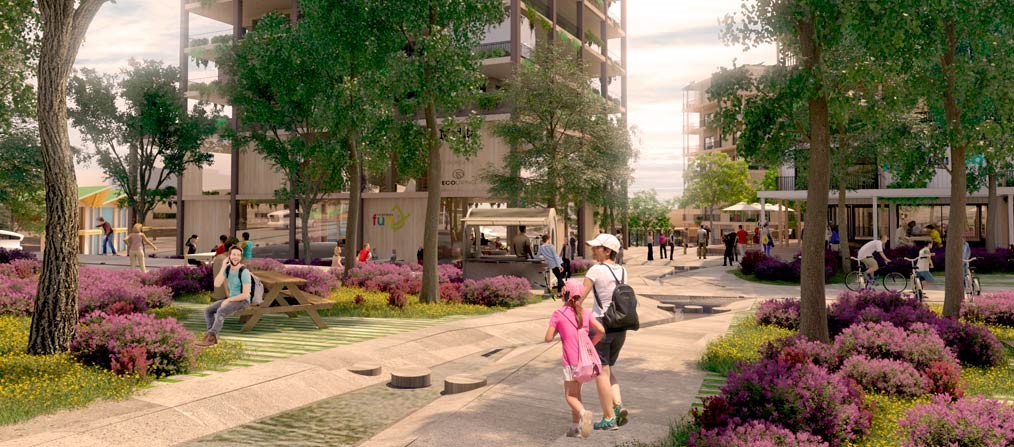
A neighbourhood free without garbage trucks
Hammarby Sjöstad in Stockholm was going to be an Olympic village but, when the city lost the bid to host the games, planning began for a sustainable town whose best-known feature is the ENVAC waste management system. This system renders garbage trucks unnecessary, reducing the amount of noise, pollution, and dirt by replacing the collection vehicles with an underground network of pipes that transports the rubbish to the processing centre and categorises it.
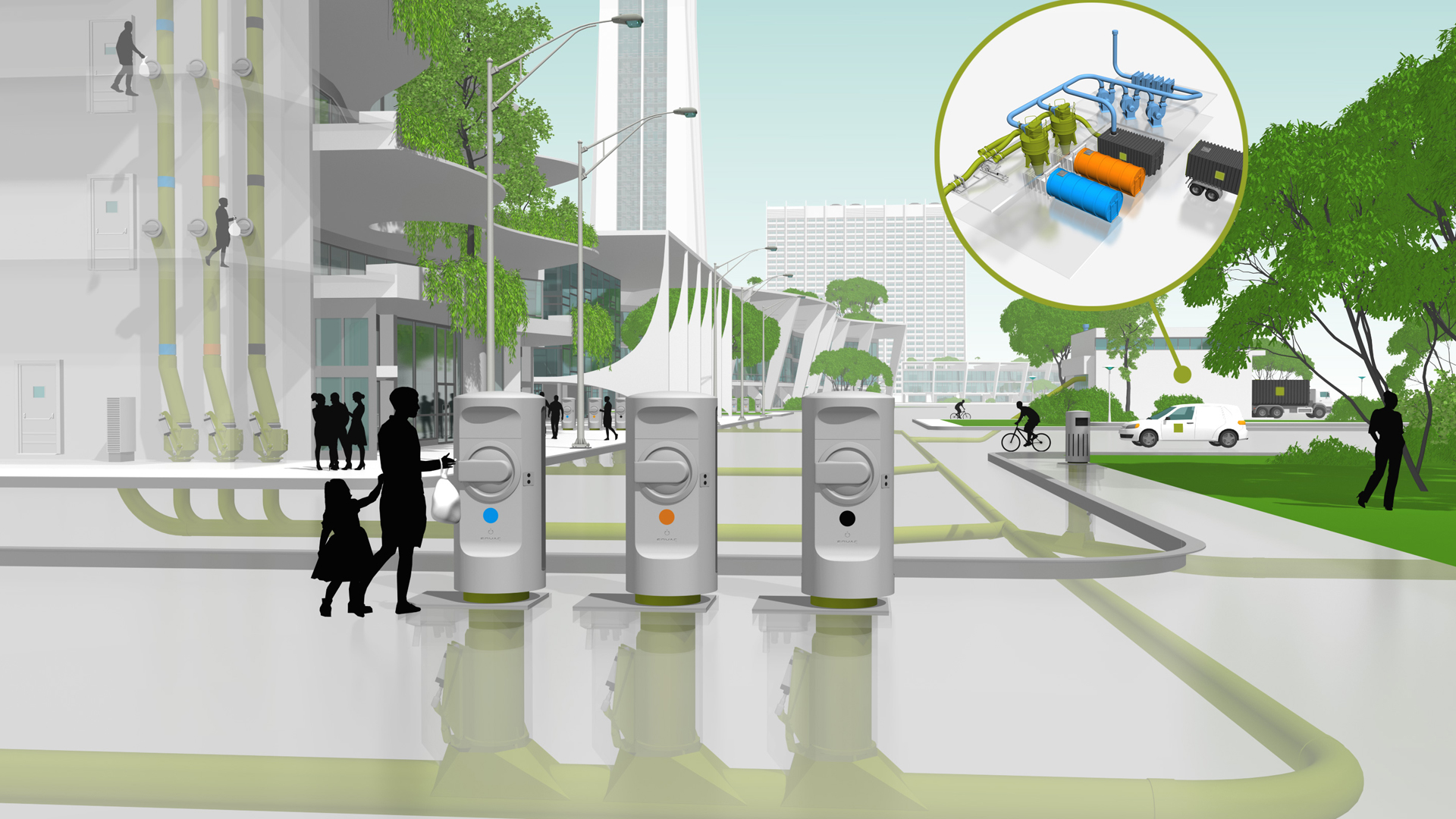
The buildings in this eco-neighbourhood have solar panels, green rooftops, and a sustainable transport network consisting of trams. Each home also uses a treatment system that transforms wastewater into biogas and thermal energy which is then used as fuel for the city’s public transport.
From military base to a model carless city
In the 1990s, the Freiburg government bought some land that had been left vacant when the army left. This resulted in Vauban, located in the heart of Germany’s Black Forest, going from being a military base to a pioneering model eco-neighbourhood. The goal was to build an environmentally friendly and socially inclusive neighbourhood.
The area features a tram and bike lane network that has made it easier to eliminate the need for vehicles. This means 70% of the residents don’t have their own car which in turn has allowed for the proliferation of 600 hectares of green spaces. When it comes to the social side of things, Green City Hotel is the economic centre of the neighbourhood and half of its employees are functionally diverse.
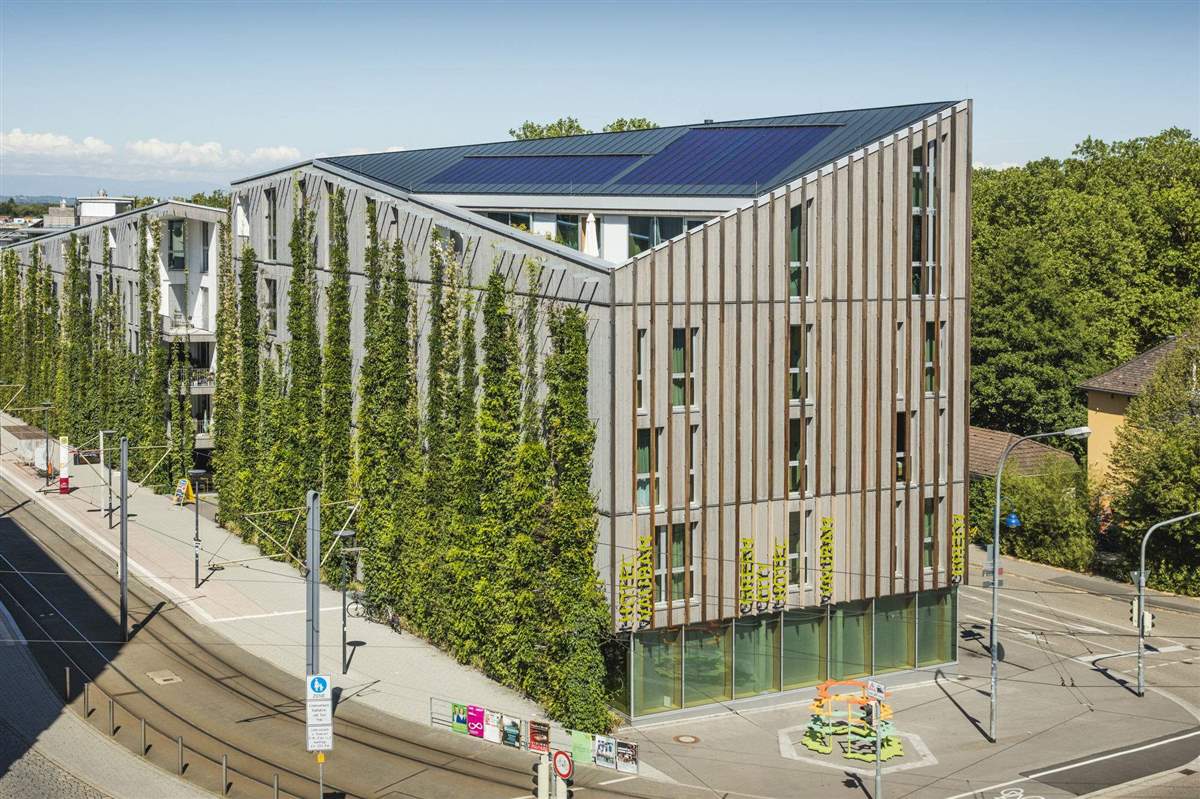
Have these eco-neighbourhoods served as inspiration for your urban planning projects? Tell us all about it on social media using #ConnectionsByFinsa.




